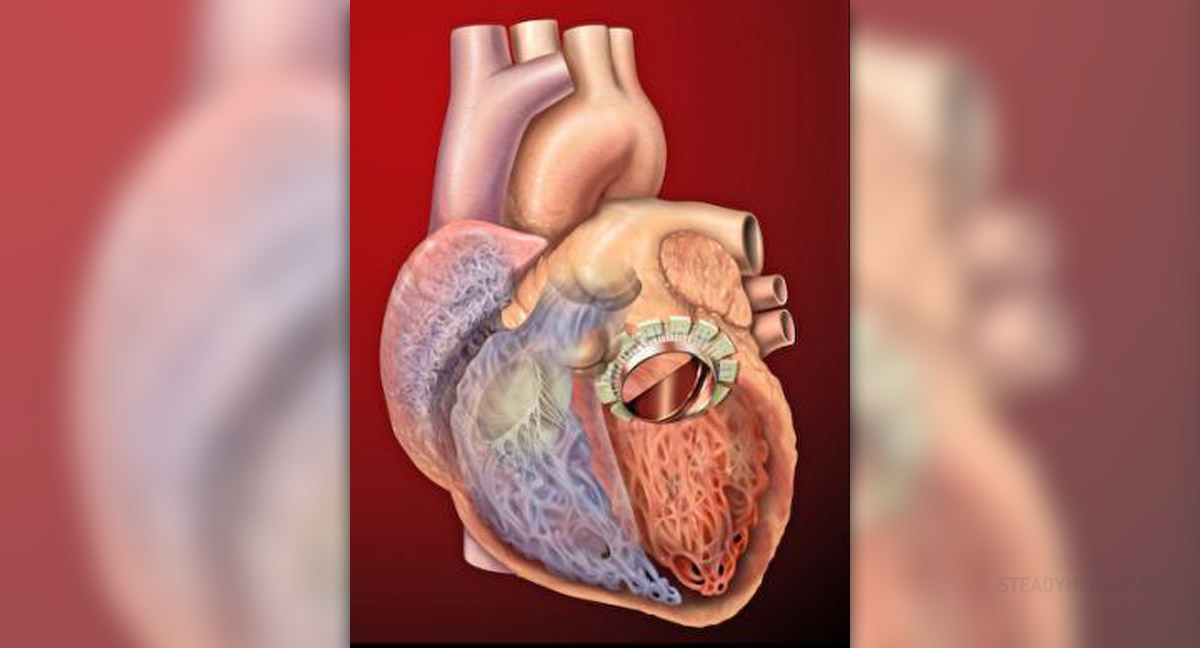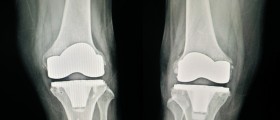Mitral Valve Replacement
Mitral valve replacement is a surgical procedure in which damaged mitral valve is replaced with the new one. This surgical procedure is performed in case of mitral valve stenosis and in case of mitral valve regurgitation. It is also performed in patients who suffer from serious mitral valve prolapse. Mitral valve replacement is an open heart surgery. In open heart surgery cardiopulmonary bypass supply the body with the blood while the surgeon operates on the heart.
Mitral Valve Replacement Risks and Complications
Nausea and vomiting can be classified as minor complications of this surgery and they are basically related to side effects of anesthesia. Additional minor complications are minor bleeding as well as bruising of the operated area.
Infections are also possible after mitral valve replacement. They are usually mild and affect only the incision line and are easily treated with antibiotics. In severe cases infection can affect even breastbone and bone infection is much more severe form of infection. In some patients the wound may even break down which requires additional repair. People who are suffering from diabetes are more susceptible to postoperative infections than the other patients.
Severe bleeding after the surgery may sometimes lead to death. All the patients with severe bleeding are given blood transfusions.
Heart attack is classified as serious complication after mitral valve replacement. It affects 4 out of 1.000 patients. Another complication is arrhythmia. Luckily, irregular heart beat is transitory and causes no trouble. During the procedure the heart wall may rupture. This complication is treated surgically.
Another serious complication is stroke. It can occur even during the very procedure and is caused by a piece of plaque that originates from the heart and ends up in one of the brain arteries.
Lung complications include lung failure, bleeding into the lungs or pneumonia.
It may happen that patients develop kidney failure after mitral valve replacement. This complication is classified as serious since patients have to undergo either temporary or permanent dialysis.
In certain number of patients scars can turn into ugly keloids. This complication is more aesthetic than functional and it most commonly affects dark-skinned people.
The surgery is generally successful. However, mitral valve failure may occur after the surgery. This complication can be caused by formation of blood clots on the new valve. To prevent this from occurring doctors prescribe blood thinners which prevent formation of blood clots in patients who have undergone this type of surgery.
And finally, risk connected to anesthesia may be eliminated if the doctor is fully informed about all the medication the patient is taking and all the allergies s/he is suffering from.
Mitral Valve Replacement Complications Facts
The progressive paradigm shift toward endoscopic and robotic mitral valve surgery is also paralleled by rapid developments in transcatheter devices, which is progressively expanding from experimental approaches to becoming clinical reality.
- Operative mortality associated with isolated mitral valve replacement is reported to range between 4% and 7% and is influenced by age, premorbid valvular cardiomyopathy, and other comorbidities.
- There are no differences in 10-year survival between mechanical and biological valves when patient characteristics are taken into account, which is reported to range between 50% and 60%.
- Thromboembolism is the most common postoperative complication of both bioprosthetic and mechanical valves and occurs at a rate of 1.5% to 2.0% per patient-year and is significantly increased in chronic atrial fibrillation and large left atrial size.
- Bleeding rates related to the use of vitamin K antagonists are more frequent with mechanical valves, which are reported to be 2% to 4% per patient-year, of which the majority occur within the first year following surgery.
- Prosthetic valve endocarditis risks are similar for both types and are reported to be 1.5% to 3% for the first year and 3% to 6% within 5?years. Long-term endocarditis risk is 0.2% to 0.35% per patient-year thereafter and appears to be slightly higher with mechanical valves.
- Prosthetic valve degeneration is the most significant complication of bioprosthetic valves. The 10-year freedom from clinically significant structural valve degeneration associated with biological valves is reported to be 78%, 89%, and 100% when implanted in patients younger than 60?years, between 60 and 70?years, and older than 70?years, respectively.
- Paravalvular leak is reported to occur in 1.5% of the patients. It can be avoided by selecting a prosthesis with a large sewing ring in heavily calcified or poor-quality annular tissue.
- Left ventricular rupture occurs in 1% of procedures and can occur at the level of the annulus, papillary muscles, or mid-ventricular zones.


















Your thoughts on this
Loading...